In 2047, India will celebrate its 100th year of independence,
marking a significant milestone in its history. With a projected
population of nearly 1.7 billion, the nation stands on the cusp of a
remarkable transformation. The Prime Minister envisions India as
a developed nation within the next 25 years. To realize this vision, India must harness its vast demographic potential and address critical challenges.
By 2040, India’s working-age population (ages 18 to 65) is estimated to be around 900 million, driven by demographic trends and UN projections. Approximately 68% of India’s population is expected to be within the working-age group by 2030, and similar trends are likely to continue into 2040 (IEA World, NBR). This demographic shift promises significant economic potential if effectively managed. However, improving labor force participation, particularly among women, and addressing educational and skill gaps are essential to fully capitalise on this potential (IEA World, NBR).
To be recognised as a developed nation by international organisations such as the UN, World Bank, and IMF, India must achieve substantial economic growth, elevated per capita income, and a superior quality of life. Attaining a high ranking on the United Nations’ Human Development Index (HDI), which includes measures of education and health, is crucial.
Currently categorised as a ‘developing country’ with a lower-middle income, India is projected to become the third-largest economy by 2050. Despite rapid economic growth, with a GDP growth rate of 6.7% in 2023, India’s per capita income remains modest at $2,410 in 2022, and it ranks 132nd on the HDI.
Addressing this underperformance requires improving social and economic indices through collective efforts from individuals and institutions. India’s demographic dividend offers a strong ecosystem for growth, but development demands a unified approach akin to the freedom struggle.
The Role of WIF: The World Intellectual Foundation plays a pivotal role in fostering synergies between individuals and institutions. It provides an integrated forum for discussions, cultural programs, and technological advancements. Through research papers, publications, and the Dialogue Series: Hum Bhartiya, as well as roundtable discussions on global food security, WIF demonstrates its commitment to India and sustainability.
By 2040, India’s working-age population (ages 18 to 65) is estimated to be around 900 million, driven by demographic trends and UN projections. Approximately 68% of India’s population is expected to be within the working-age group by 2030, and similar trends are likely to continue into 2040 (IEA World, NBR). This demographic shift promises significant economic potential if effectively managed. However, improving labor force participation, particularly among women, and addressing educational and skill gaps are essential to fully capitalise on this potential (IEA World, NBR).
To be recognised as a developed nation by international organisations such as the UN, World Bank, and IMF, India must achieve substantial economic growth, elevated per capita income, and a superior quality of life. Attaining a high ranking on the United Nations’ Human Development Index (HDI), which includes measures of education and health, is crucial.
Currently categorised as a ‘developing country’ with a lower-middle income, India is projected to become the third-largest economy by 2050. Despite rapid economic growth, with a GDP growth rate of 6.7% in 2023, India’s per capita income remains modest at $2,410 in 2022, and it ranks 132nd on the HDI.
Addressing this underperformance requires improving social and economic indices through collective efforts from individuals and institutions. India’s demographic dividend offers a strong ecosystem for growth, but development demands a unified approach akin to the freedom struggle.
The Role of WIF: The World Intellectual Foundation plays a pivotal role in fostering synergies between individuals and institutions. It provides an integrated forum for discussions, cultural programs, and technological advancements. Through research papers, publications, and the Dialogue Series: Hum Bhartiya, as well as roundtable discussions on global food security, WIF demonstrates its commitment to India and sustainability.
A New Blueprint for a Developed India –
1. Encourage Lively Debates: Promote dynamic discussions across various platforms to build momentum.
2. Leverage Technology: Embrace state-of-the-art technologies, particularly artificial intelligence, to revolutionise education and create the smartest workforce in the world.
3. Raise Awareness: Inform people and organisations about current problems and new approaches.
4. Environmental Resilience: Pursue development that is environmentally sustainable.
5. Promote Cultural Expression: Inspire national hope and pride through the power of art and culture.
Transforming India:
To achieve genuine growth, India must shift its mindset from “we may” to “we will.” This transformation is crucial as it fosters innovation, intellectual leadership, and sustainability. Development requires a blend of Bharat and global models. As India progresses towards its 2047 goal, think tanks like WIF are essential in shaping and realising the vision of a developed nation. India’s rise as a global leader is inevitable, echoing Gandhi’s vision of a civilisation rooted in service and sacrifice. Now is the moment for India to reclaim its human heritage and achieve its destiny as a developed nation.
2. Leverage Technology: Embrace state-of-the-art technologies, particularly artificial intelligence, to revolutionise education and create the smartest workforce in the world.
3. Raise Awareness: Inform people and organisations about current problems and new approaches.
4. Environmental Resilience: Pursue development that is environmentally sustainable.
5. Promote Cultural Expression: Inspire national hope and pride through the power of art and culture.
Transforming India:
To achieve genuine growth, India must shift its mindset from “we may” to “we will.” This transformation is crucial as it fosters innovation, intellectual leadership, and sustainability. Development requires a blend of Bharat and global models. As India progresses towards its 2047 goal, think tanks like WIF are essential in shaping and realising the vision of a developed nation. India’s rise as a global leader is inevitable, echoing Gandhi’s vision of a civilisation rooted in service and sacrifice. Now is the moment for India to reclaim its human heritage and achieve its destiny as a developed nation.
Authors

Dr. Rubina Mittal
Director Of Research & Innovation
